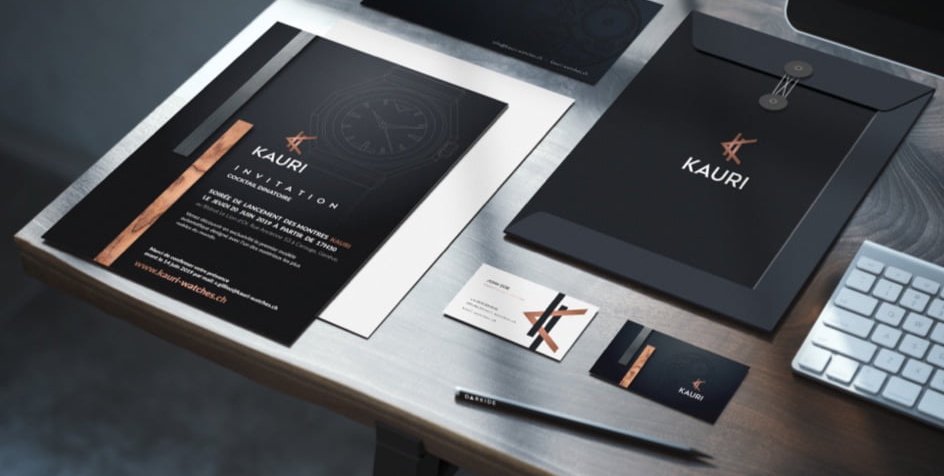Branding: glossary definition | Habefast

Branding: glossary definition
Branding can be defined as the art of creating and telling a brand’s story.
It is a strategic process aimed at bringing a brand to life while firmly embedding it in the consumer’s mind. Unlike a one-off marketing action, branding is a comprehensive and consistent approach: it builds a unique identity and mental associations (images, emotions, values) around the brand in the public’s mind.
Good branding allows a brand to be instantly recognizable and to convey a positive and memorable impression. For example, when we think of brands like Coca-Cola or Apple, we immediately associate them with a specific universe (taste and friendliness for Coca-Cola, sleek design and innovation for Apple) – this is no coincidence, but the result of well-executed branding.
Moreover, the origin of the word is telling: derived from the Old Norse mor brand, meaning mark, it echoes the branding of cattle with a hot iron in medieval times and later during the westward expansion. Though now used in marketing and graphic design, the idea remains the same: leaving a mark on the consumer’s mind.
Are you looking for a branding agency to build a strong and consistent brand image?

The components of branding
Branding brings together a number of interdependent elements that together form identity and image. The main components of branding include :
Habefast a créé mon nouveau site web pour mettre en avant mon travail photographique.
Le résultat final, le look du site, sa fonctionnalité et la facilité pour moi à y incorporer de nouveaux contenus répondent largement à mes attentes.
Depuis le début du projet, l'équipe d'Habefast s'est montrée très agréable, à l'écoute, très réactive et très professionnelle, et a su immédiatement comprendre comment articuler mon site, tant du point de vue graphique et que du point de vue du contenu.
Au moment du brief, mes interlocuteurs ont posé relativement peu de questions, mais les bonnes, pour intégrer ma philosophie, tenir compte de ma personnalité, du style de mon travail et de mon budget. Ils ont aussi mis en avant les aspects techniques à considérer, comme la sécurisation du site. L'équipe a ensuite très rapide, claire sur les délais qu'elle toujours tenus, à l'écoute et toujours à la recherche de solutions à mes différentes demandes. J'apprécie aussi beaucoup le manuel d'utilisation préparé par Habefast. Il est très complet, très bien expliqué et personnalisé.
Depuis la mise en ligne du site, le suivi par Habefast est irréprochable. Ils sont très proactifs, par exemple pour les mises à jour et les renouvellement de licenses. Et ils sont toujours aussi aussi réactifs au moindre email.
Je recommande Habefast sans hésiter
Proactive et précise, l'équipe a vraiment été à notre écoute tout au long du projet et a su nous accompagner avec bienveillance.
J'avais déjà vécu une très bonne expérience dans le cadre d'un autre mandat de branding relatif à l'identité visuelle de la marque Terre Vaudoise.
Nous vous les recommandons vivement !
